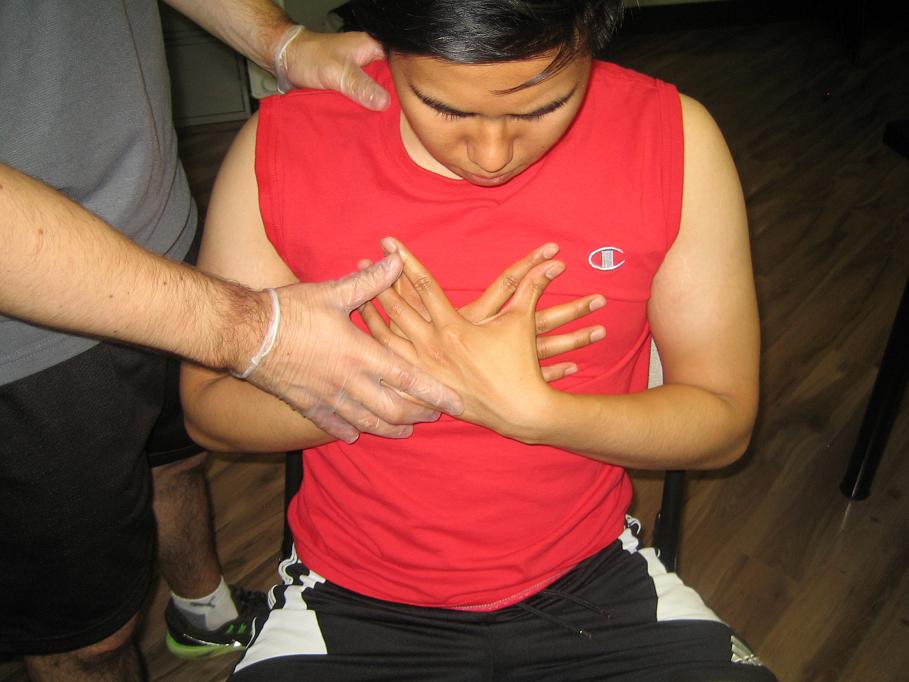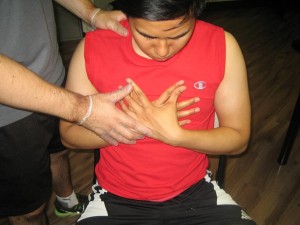Chest pain is a symptom but depending on the cause, it can be felt in various ways and can be linked with other signs and symptoms. In worse cases, chest pain is often linked to a heart attack.
When it comes to a heart attack, it involves a blood clot within the heart muscle that results to damage. In severe circumstances, a heart attack can be deadly but it is a customary misconception that it is the same as cardiac arrest.
Common symptoms of heart attack linked with chest pain
- Sweating
- Shortness of breath
The pain from a heart attack is likely to occur abruptly while pain from a possible lung infection occurs in a gradual manner. - Weakness
- Nausea
- Dizziness
Assessment of chest pain
Healthcare providers utilize a standardized method in assessing chest pain along with other types of pain that occurs without any evident reason. The mnemonic OPQRST is utilized to assess the chest pain and pinpoint its cause.
Onset
The pain from a heart attack is likely to occur abruptly while pain from a possible lung infection occurs in a gradual manner.
Provocation
This includes potential triggers for chest pain. The pain from lung infections such as pneumonia usually worsen while taking a deep breath or coughing. As for muscle pain, it is usually tender during movement, breathing or when touched. As for heart-related pain, it is described as constant and does not respond to breathing or movement.
Quality
This is focused on the type of pain felt by the individual whether it is dull or piercing. When it comes to pleurisy, it is often described as stabbing or sharp while heart-related issues can be described as a squeezing or pressing sensation.
Radiation
The chest pain related to heart issues may or may not radiate anywhere other than the middle of the chest but often described to radiate up to the jaw or neck or the left arm. In some cases, it can also radiate to the right arm or back as well.
Severity
The pain is measured on a scale of 1-10. Remember that there is no minimum level of pain that can be linked to the heart. The individual is asked to describe how bad the pain is to determine if the treatment makes it pain better or worse.
Time
This is used to determine the time frame when pain was present. If the individual experienced the chest pain for a long period, it is likely for the damage in the heart to stay permanent.


